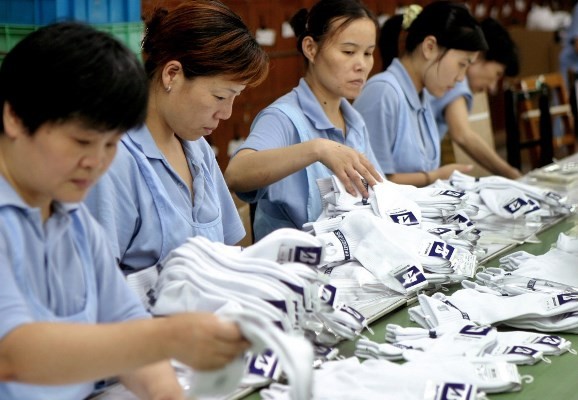China's graying population continues to spread in the country, with the labor sector taking the worst blow.
Over the next 15 years, China's workforce is predicted to shrink to about 57 percent, while the aging population is seen to climb to 25.2 percent. By 2050, the working-age population will narrow by 212 million, according to a projection by the United Nations.
This demographics crisis, made severe by the country's one-child policy, is foreseen to make an impact on manufacturing, one of the country's biggest economic drivers. A smaller supply of workers would mean higher rates to attract the remaining pool of manpower, resulting in overblown costs for companies.
Brands in the U.S. and Europe combat inflation back at home thanks to the inexpensive cost of production in China.
However, things appear to be taking a different route.
Among its many adverse effects, labor shortage is triggering a diaspora of global brands who are finding their exit to cheaper manpower and automated production. In a report by The Wall Street Journal, Levi Strauss & Co. said that despite tapping about 200 Chinese factories, it is now looking into other places where labor is cheaper, like Cambodia.
Other neighboring Asian countries such as India, Thailand and Indonesia who offer more affordable production costs than China make for enticing alternatives as well.
But aside from this competition, another serious threat facing the country's manufacturing sector is the rise of automated production, including 3D printers, robots and other similar technologies. While many of these are currently restricted to assisting humans with service- or entertainment-related tasks, it might not be long before global brands adopt them as fully functioning workforce.
Levi has taken a step toward this direction by replacing scores of laborers with lasers and digital printers. Not only does it allow for cheaper costs but it also cuts down processing time.
China, however, is making bold moves to untangle its mess.
In 2015, the country lifted its one-child policy, allowing two children at most in a family. Also recently, the country's central bank devalued the yuan in an attempt to lure international makers back.



























